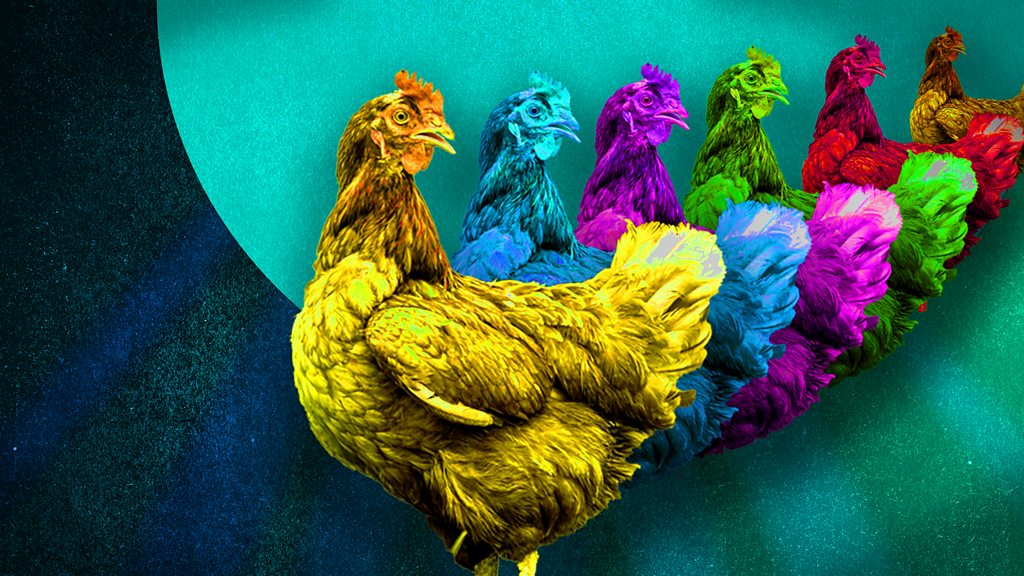   
CEO Picks - The best that international journalism has to offer!
 S16 S16Is Crypto Cleaning Up Its Act? - Harvard Business Review (No paywall) 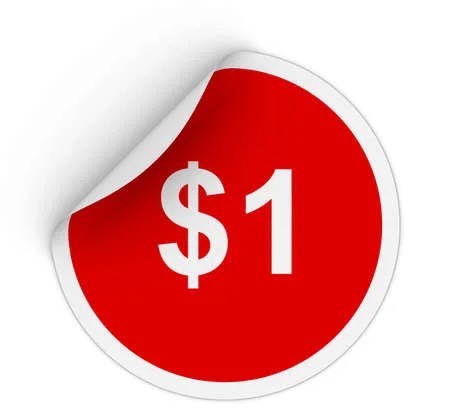  This article argues that markets in crypto-assets such as Bitcoin are maturing. This is partly due to firmer regulation and a greater willingness of crypto-asset creators to accept existing regulation. But there is also evidence that innovative moves by crypto-asset issuers to create new vehicles for investment in crypto-assets have improved price efficiency and market liquidity, making investment in crypto-assets safer for investors.
Continued here
|
 S1 S1Mushroom leather? The future of fashion is closer than you think. - Environment (No paywall)   In present-day Romania, a dwindling number of artisans practice what’s thought to be a centuries-old craft. They search the forest for hoof fungus, which grows within trees and sends out shelflike mushrooms a few inches wide. The fungus is pried off trunks and, with a sickle, shaved lengthwise into thin strips the color of gingerbread. Those strips are then hammered and stretched to form broad, feltlike sheets called amadou, which can be crafted into hats, bags, jewelry, and ornaments.These products are beautiful and eco-friendly, if painstaking to forage for and create. As far back as 1903, Tlingit artisans in what is now the state of Alaska were crafting pouches out of a sturdy matlike material. A 2021 study in the journal Mycologia suggests that these “mats” were produced by the agarikon fungus, a hardy polypore native to old-growth forests in the Pacific Northwest. But, again, the artisans’ process was about foraging for materials, not cultivating them for mass production.
Continued here
|
 S2 S2Polar bears are trying to adapt to a warming Arctic. It's not working. - National Geographic (No paywall)   For the polar bears of Manitoba, Canada, the sea ice that envelops western Hudson Bay for most of the year is the ideal hunting ground for a feast of blubber-rich seals. But then come the dog days of summer, when the ice melts and the bears are forced onto land. There, life is no picnic for these giant creatures.Deprived of adequate food supplies, the bears must live off their fat reserves for several months. Now, climate change is causing that wait to grow even longer, as warming temperatures melt the sea ice earlier in the spring and solidifies it later in the fall. The Arctic, research shows, is warming twice as fast as the rest of the world. The question is: How will polar bears adapt to more time spent on land?
Continued here
|
 S3 S3Andrew Huberman's Mechanisms of Control - Intelligencer (No paywall)  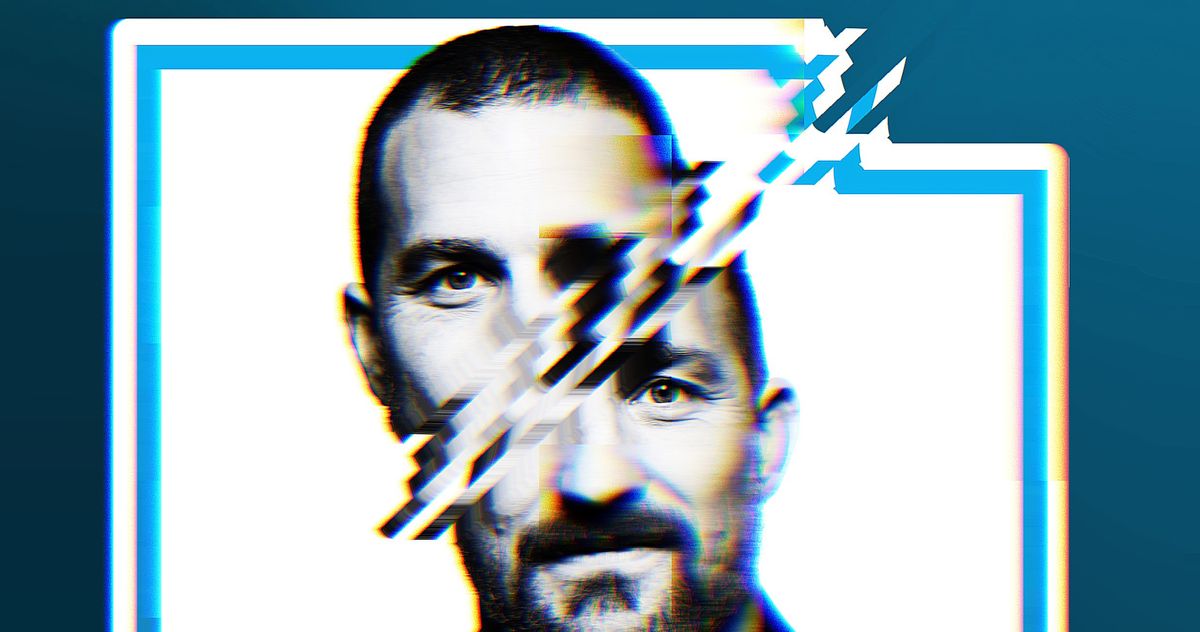 For the past three years, one of the biggest podcasters on the planet has told a story to millions of listeners across half a dozen shows: There was a little boy, and the boy’s family was happy, until one day, the boy’s family fell apart. The boy was sent away. He foundered, he found therapy, he found science, he found exercise. And he became strong.“The thing that really saved me,” Huberman tells Peter Attia, “was this therapy thing … I was like, Oh, shit … I do have to choke back a little bit here. It’s a crazy thing to have somebody say, ‘Listen,’ like, to give you the confidence, like, ‘We’re gonna figure this out. We’re gonna figure this out.’ There’s something very powerful about that. It wasn’t like, you know, ‘Everything will be okay.’ It was like, We’re gonna figure this out.”
Continued here
|
 S4 S4Scaling gen AI in banking: Choosing the best operating model  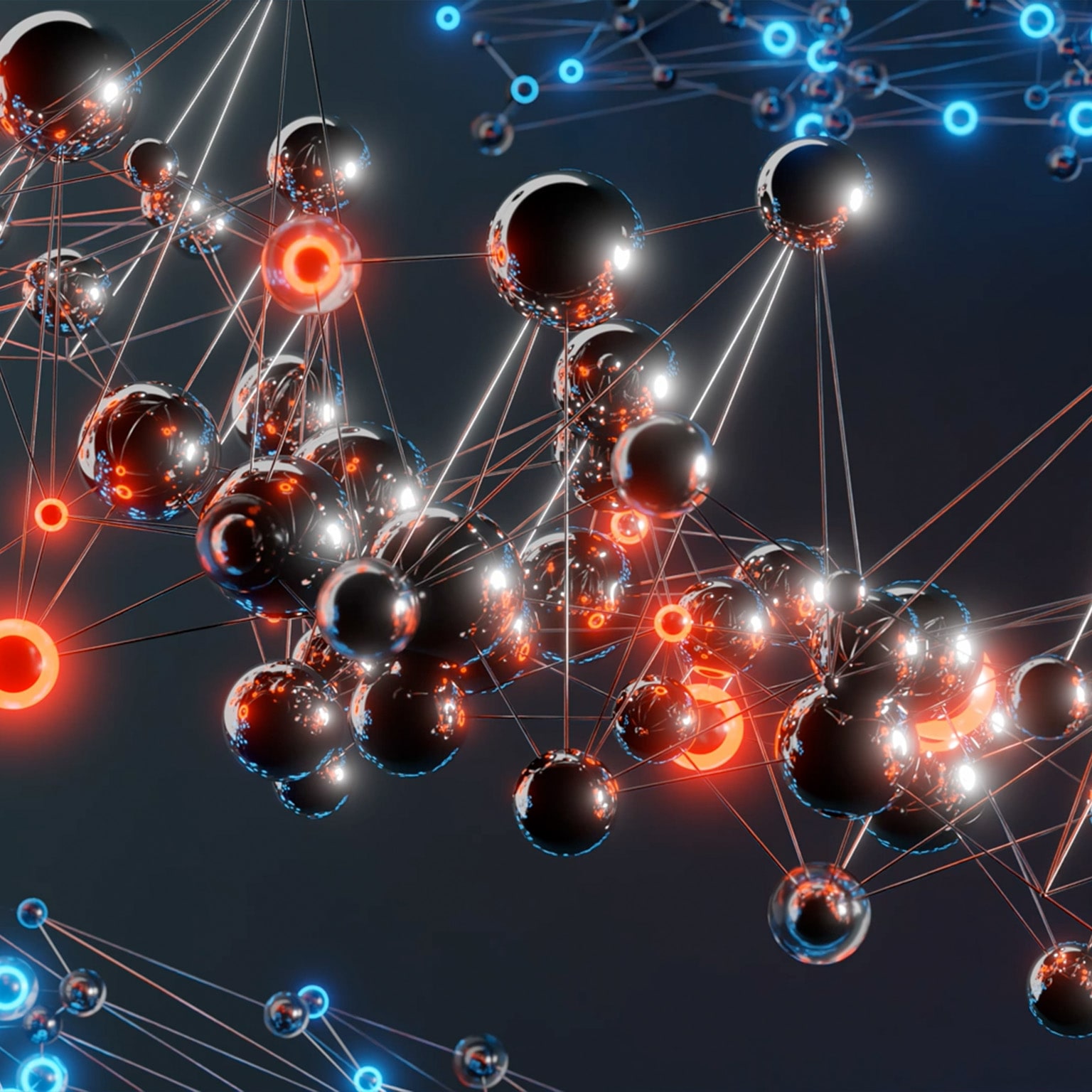 Generative AI (gen AI) is revolutionizing the banking industry as financial institutions use the technology to supercharge customer-facing chatbots, prevent fraud, and speed up time-consuming tasks such as developing code, preparing drafts of pitch books, and summarizing regulatory reports.The McKinsey Global Institute (MGI) estimates that across the global banking sector, gen AI could add between $200 billion and $340 billion in value annually, or 2.8 to 4.7 percent of total industry revenues, largely through increased productivity.1“The economic potential of generative AI: The next productivity frontier,” McKinsey, June 14, 2023. However, as banks and other financial institutions move to quickly implement the technology, challenges are emerging. Getting gen AI right can potentially unlock tremendous value; getting it wrong can lead to complications. Companies across industries face gen AI risks, including the generation of false or illogical information, intellectual property infringement, limited transparency in how the systems function, issues of bias and fairness, security concerns, and more.
Continued here
|
 S5 S5How to handle a scary diagnosis   When Chiara Riga was diagnosed with stage 4 metastatic breast cancer at 27, she was absolutely stunned. As her feelings morphed into a form of acceptance, Riga tried to live her life according to some semblance of normal — aside from the fact that she was undergoing intensive cancer treatment, barely mustering the energy to get through the day, and managing side effects like painful mouth sores. In retrospect, she realizes that attempting to move on as though nothing had changed didn’t work at all. In fact, it psychologically backfired. When she was diagnosed, Riga was told she would have another 10 to 15 years if she was lucky and that only 26 percent of women with her diagnosis live past five years. “The biggest emotional struggle has been watching all of my friends and peers go on with their lives — buy homes, have babies, get married — and I feel like I can’t do those things,” says Riga. “Terminal cancer is always going to be something that’s separating me from others.”
Continued here
|
 S6 S6How Much Vitamin D Do You Need to Stay Healthy? - Scientific American (No paywall)  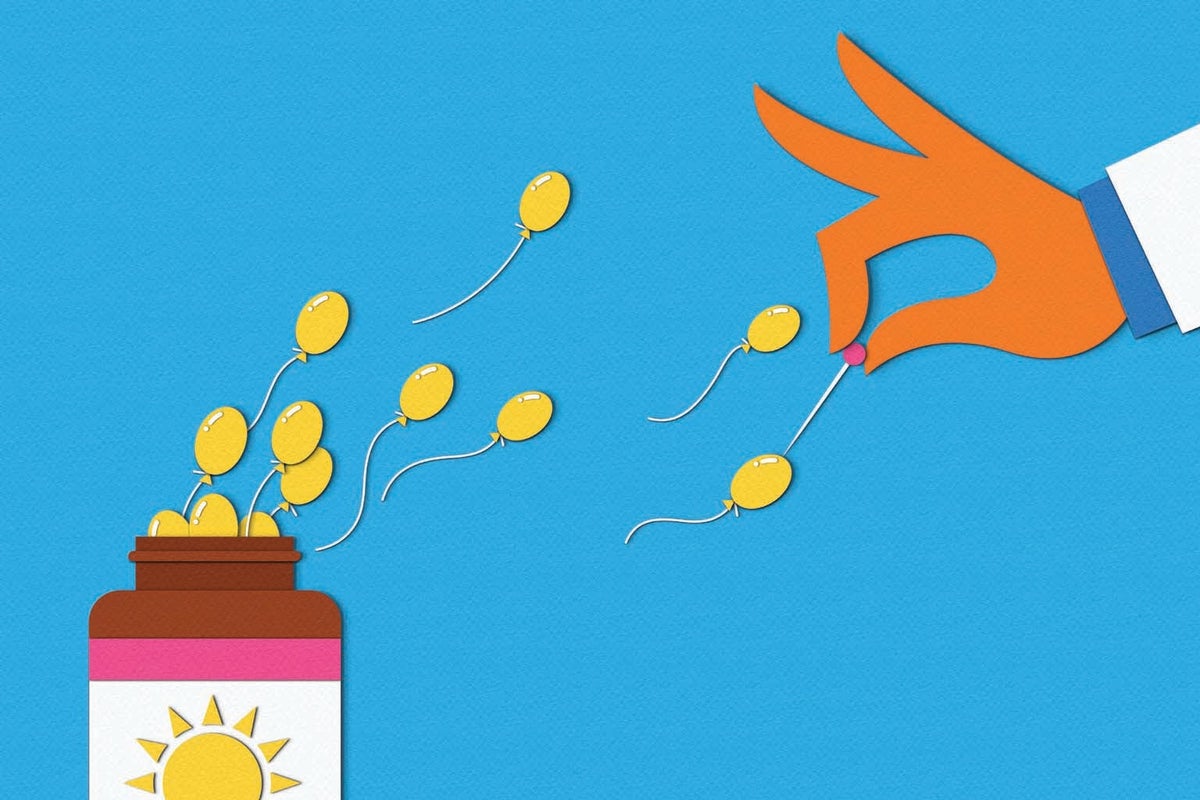 For a while vitamin D was looking like a bona fide health elixir. It was recognized a century ago as the cure for rickets, a childhood disease that causes weak and deformed bones. Then, in the early 2000s, researchers began amassing a pile of studies suggesting that low vitamin D levels could be a factor in cancer, cardiovascular disease, dementia, depression, diabetes, autoimmune diseases, fractures, respiratory illnesses and Parkinson's disease. It seemed reasonable to think that raising our levels of this simple vitamin—one that our bodies make when lit up by sunshine and that we can get more of from supplements—could cure practically whatever ailed us.At least two books called The Vitamin D Cure were published, along with other books and news reports whose titles include words like “revolution” and “miracle.” There was also a growing concern that we weren't getting enough of the vitamin. Good Morning America aired a segment that began with reporter Diane Sawyer declaring 100 million Americans were deficient. Her guest was Dr. Oz, who told viewers they could determine their vitamin D level with a simple blood test. Sunshine is the best way to get this vitamin, he said. But if that wasn't enough, he advised cod liver oil or supplements.
Continued here
|
 S7 S7AI Does Math as Well as Math Olympians - Scientific American (No paywall)  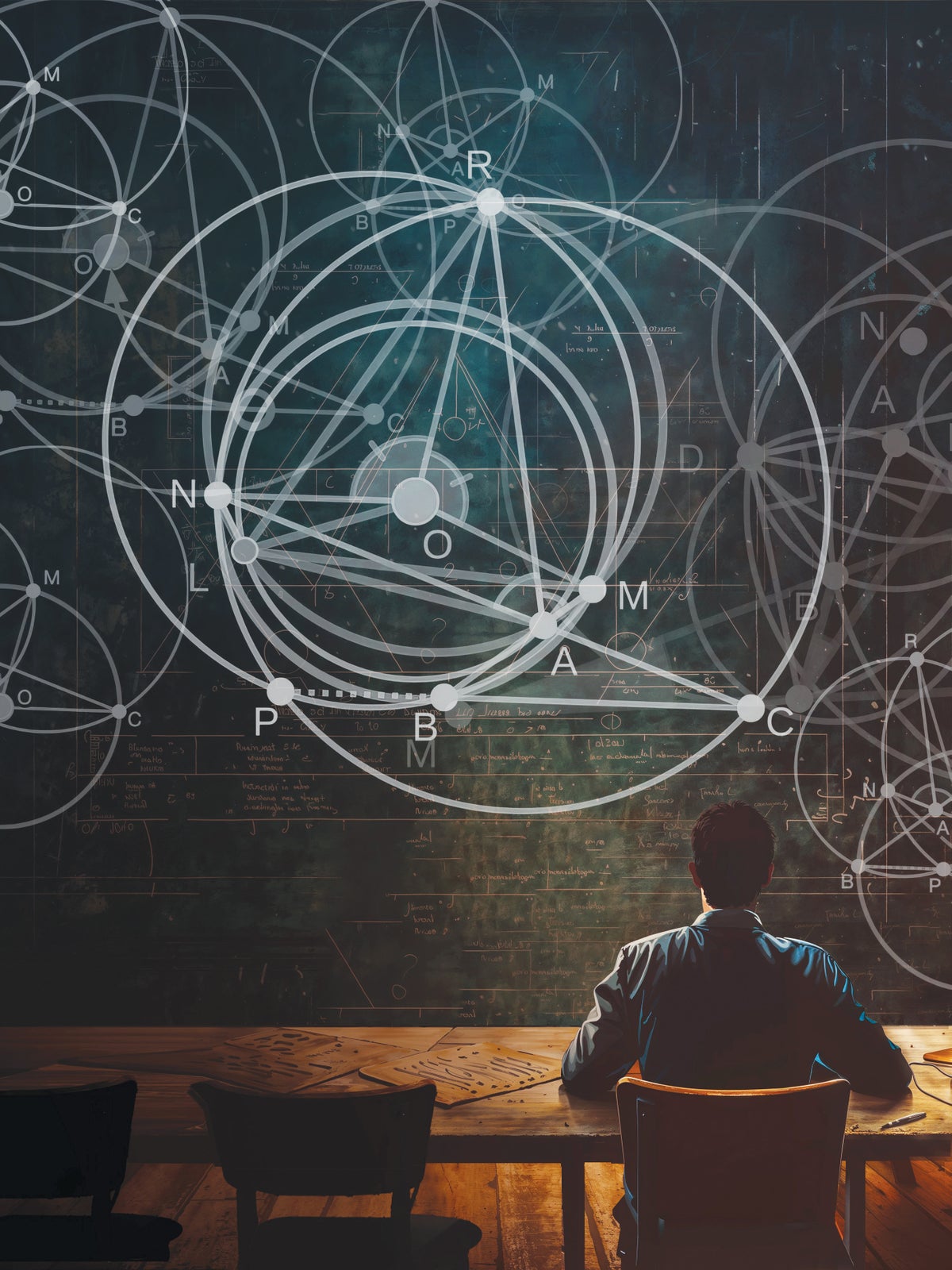 In January a team led by Trieu H. Trinh of Google DeepMind and New York University unveiled a new AI program called AlphaGeometry in the journal Nature. The researchers reported that the program was able to solve 25 out of 30 geometry problems from past IMOs—a success rate similar to that of human gold medalists. The AI also found a more general solution to a problem from the 2004 IMO that had escaped the attention of experts.Over two days students competing in the IMO must solve six problems from different mathematical domains. Some of the problems are so complicated that even experts cannot solve them. They usually have short, elegant solutions but require a lot of creativity, which makes them particularly interesting to AI researchers.
Continued here
|
 S8 S8
 S9 S9Tackling long-haul diseases - MIT Technology Review (No paywall)  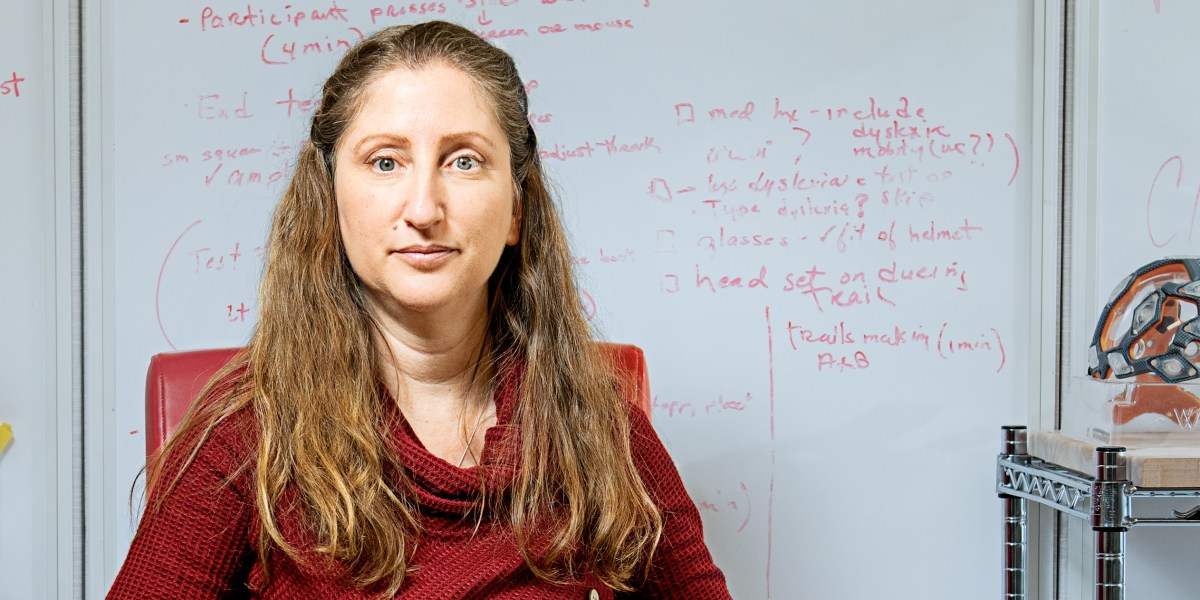 It was 2017, and she was a Stanford postdoc exploring connections between her immune regulation research and immuno-oncology, which harnesses the body’s immune system to combat cancer. Her work focused on how healthy cells broadcast “Don’t eat me” messages while cells that are cancerous or infected with a pathogen send self-sacrificing “Eat me” messages. Immune cells, in turn, receive these missives in pocket-like receptors. The receptor that receives the healthy cells’ signal, Tal read as she was poring over the literature that day, is the third most diverse protein in the human population, meaning that it varies a lot from one person to the next. It was a fact that struck her as “very odd.” Tal, who has been obsessed with infectious disease since losing an uncle to HIV/AIDS and a cousin to meningococcal meningitis, wondered what this striking diversity could reveal about our immune response to infection. According to one hypothesis, the wide array of these receptors is the result of an evolutionary arms race between disease-causing microbes and the immune system. Think of the receptor as a lock, and the “Nothing to see here” message as a key. Pathogens might evolve to produce their own chemical mimics of this key, effectively hiding from the immune system in plain sight. In response, the human population has developed a wide range of locks to frustrate any given impostor key.
Continued here
|
 S10 S10The next generation of mRNA vaccines is on its way - MIT Technology Review (No paywall)  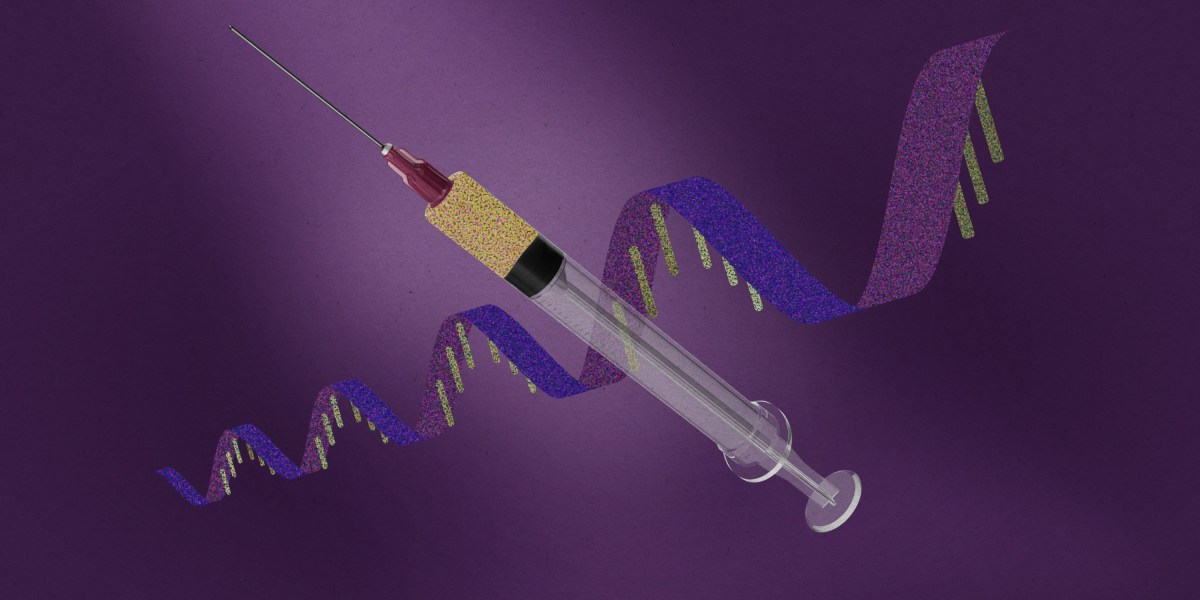 I can hear the collective groan from here, but wait—hear me out! I know you’ve heard a lot about mRNA vaccines, but Japan recently approved a new one for covid. And this one is pretty exciting. Just like the mRNA vaccines you know and love, it delivers the instructions for making the virus’s spike protein. But here’s what makes it novel: it also tells the body how to make more mRNA. Essentially, it provides instructions for making more instructions. It’s self-amplifying.Self-amplifying RNA vaccines (saRNA) offer a couple of important advantages over conventional mRNA vaccines, at least in theory. Because saRNA vaccines come with a built-in photocopier, the dose can be much lower. One team of researchers tested both an mRNA vaccine and an saRNA vaccine in mice and found that they could achieve equivalent levels of protection against influenza with just 1/64th the dose. Second, it’s possible that saRNA vaccines will induce a more durable immune response because the RNA keeps copying itself and sticks around longer. While mRNA might last a day or two, self-amplifying RNA can persist for a month.
Continued here
|
 S11 S11The tech industry can't agree on what open-source AI means. That's a problem. - MIT Technology Review (No paywall)   On the face of it, open-source AI promises a future where anyone can take part in the technology’s development. That could accelerate innovation, boost transparency, and give users greater control over systems that could soon reshape many aspects of our lives. But what even is it? What makes an AI model open source, and what disqualifies it?Entering this fray is the Open Source Initiative (OSI), the self-appointed arbiters of what it means to be open source. Founded in 1998, the nonprofit is the custodian of the Open Source Definition, a widely accepted set of rules that determine whether a piece of software can be considered open source.
Continued here
|
 S12 S12When Your Business Needs a Second Growth Engine - Harvard Business Review (No paywall)   Traditionally, the most reliable way for a firm to find its next wave of growth was to apply the capabilities of its core business in an adjacent market. But recently a new pattern has begun to emerge. More firms are learning the art of building large second cores—what Bain’s Zook and Allen call engine twos. Given that in the past five years, 60% of big public companies have seen their growth stall out or stagnate—often because of technological disruption—finding an engine two has become increasingly imperative.What does it entail? Successful engine twos have four factors in common: They target markets where the profit pool is sizable and growing or shifting, as Amazon’s cloud computing business did. They have a differentiated competitive advantage, which is often built up through acquisitions, as happened at Disney+. They adopt entrepreneurial approaches, like Bradesco’s digital unit, Next, and leverage the scale and assets of the original core, as the industrial cleaning company Ecolab’s new water-purification business did.
Continued here
|
 S13 S13A New Generation of Drug Therapies Requires New Business Strategies - Harvard Business Review (No paywall)   The shift to advanced therapeutic modalities (ATMs) promises to change the nature of competition in the pharmaceuticals industry. ATMs include engineered cell therapies that reprogram cells to fight disease, gene therapies that involve replacing or editing dysfunctional genes, and nucleic acid therapies that promote or shut down production of a protein. They are shifting the nature of drug R&D risk and establishing manufacturing as a critical strategic priority alongside therapeutic safety and efficacy while also introducing new commercialization challenges.The life sciences industry is undergoing a fundamental evolution in how drugs are discovered, developed, and manufactured. The industry is shifting from traditional drug research and development techniques used for small molecules and antibodies to advanced therapeutic modalities (ATMs), a category that encompasses engineered cell therapies that reprogram cells to fight disease, gene therapies that involve replacing or editing dysfunctional genes, and nucleic acid therapies that promote or shut down production of a protein (e.g., the mRNA vaccines indicated for Covid-19 from Moderna and Pfizer/BioNTech).
Continued here
|
 S14 S14The Challenge of Retaining Startup Talent After an Acquisition - Harvard Business Review (No paywall)   In the last two decades, the startup world has witnessed a steady climb in acquisitions. These acquisitions have emerged as the primary channel through which ventures successfully exit. It’s no surprise, given that acquisitions offer acquiring companies access to a new source of technological innovation, fresh talent, and increased market power. Among the most prized assets of many startup companies is their human capital, often serving as the driving force behind their innovation and success.
Continued here
|
 S15 S15How to Market Sustainable Products - Harvard Business Review (No paywall)   Many companies overestimate customers’ appetite for sustainable products, flooding the market with offerings that don’t sell. The reality is, social and environmental benefits have less impact on purchasing decisions than basic product attributes do. Consumers buy products to get specific jobs done, and only after they find something that will do that will they look for a product that provides some social or environmental advantage.Of course, that’s only if they value sustainability. Not everyone does, and marketers need to recognize that. Some customers (greens) place a premium on it, some (blues) value it only moderately, and some (grays) don’t care about it and view it skeptically. The three segments cannot all be approached in the same way. How sustainable product benefits interact with traditional benefits is also critical: They can have no impact on a product’s performance (independence), diminish it (dissonance), or enhance it (resonance). Marketers need to follow different playbooks for independent, dissonant, and resonant products, tailoring their approaches to green, blue, and gray customers with each.
Continued here
|
 S17 S17 S18 S185 best exercises for building upper-body muscle when you're short on time at the gym, according to a top coach - Business Insider (No paywall)   Being absolutely jacked seems to be a prerequisite for playing a lead male role in movies, and that muscle-obsessed culture has trickled down to public gyms. It makes sense, then, that the global protein-supplement market is expected to be worth $38.36 billion by 2029, according to Precedence Research's estimate.If you're newer to the movement, a push-up is a great way to work the chest as well as the core and scapula muscles, and you can work your way up from push-ups on the knees to full-body ones. Once you can easily do sets of, say, 15 push-ups, it's time to increase the challenge by transitioning to chest presses.
Continued here
|
 S19 S19What is the Islamic State Khorasan Province? - The Economist (No paywall)   TWO WEEKS before gunmen stormed the Crocus City Hall near Moscow, killing at least 137 people, American intelligence warned that “extremists” had “imminent plans” to attack large events in the city. On March 7th Russian security services said they had foiled an attack by Islamic State (IS), a jihadist outfit, on a synagogue in Moscow. So it was little surprise that, hours after the Crocus City attack, the group claimed responsibility. On March 25th four suspects, reportedly from Tajikistan, appeared in court. American officials believe they are part of the Islamic State Khorasan Province (ISKP). What is this outfit, and what threat does it pose?
Continued here
|
 S20 S20 S21 S21In AI We Trust -- Too Much? | Ayanna Howard  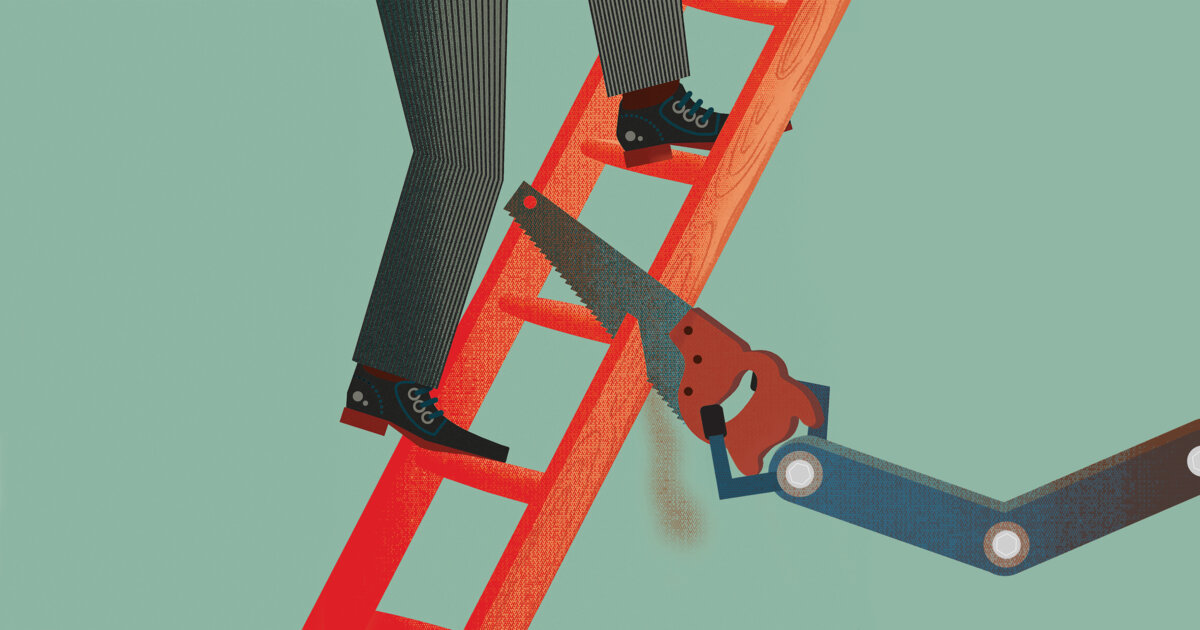 The spring 2024 issue's special report looks at how to take advantage of market opportunities in the digital space, and provides advice on building culture and friendships at work; maximizing the benefits of LLMs, corporate venture capital initiatives, and innovation contests; and scaling automation and digital health platform.The spring 2024 issue's special report looks at how to take advantage of market opportunities in the digital space, and provides advice on building culture and friendships at work; maximizing the benefits of LLMs, corporate venture capital initiatives, and innovation contests; and scaling automation and digital health platform.I've been thinking about technology and trust for much of my career. Here's one example: Back in 2011, my research focused on the intersection of human trust, robots, and highly critical, time-sensitive scenarios. The research team I was on centered on emergency evacuations and would run scenarios where people were in a room when the fire alarms went off. As people spilled into hallways filled with smoke, we had a robot guide them to the exit. For some of the participants, this same robot had led them to a wrong room earlier.
Continued here
|
 S22 S22DC's Biggest Superhero Movie of 2024 Is Even Weirder Than We Thought  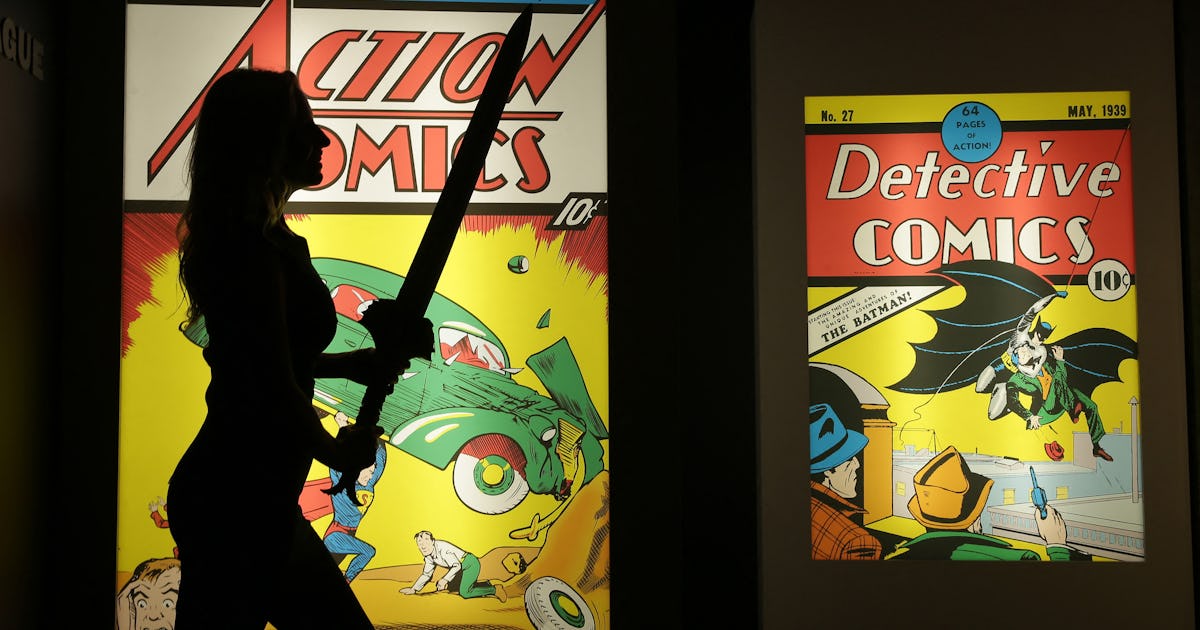 Joker was the twisted, gritty, Scorcese-inspired story of Arthur Fleck, a mentally ill loner with delusions of becoming a beloved comedian. Instead, he transforms into the poster child for a political movement. It’s a fascinating fable about fame and bloodshed built atop the image of the Clown Prince of crime, but it also presented a dilemma for director Todd Phillips. How do you top it?The upcoming sequel, Joker: Folie à Deux, has more than double the budget of its predecessor and will introduce Lady Gaga as the Harley Quinn to Joaquin Phoenix’s Joker. That’s a big enough upgrade on its own, but there’s another twist: it’s a musical. Now, a new detail about Joker 2 proves it will double down on one of the first film’s weirdest elements, and create the strangest DC movie yet.
Continued here
|
 S23 S239 Years Later, Star Wars Will Finally Show Us Kylo Ren's Darkest Lightsaber Trick   The Sith have always been few and far between in the Star Wars galaxy, but that might work to their advantage in The Acolyte. The upcoming series positions the dark side wielders as the underdogs, the opposite of their role in the original Star Wars trilogy. Antagonists like Mae (Amandla Stenberg), a former Jedi padawan turned assassin, will be working hard to destroy the Order one Jedi at a time. Whether she’s alone or doing the bidding of a yet-unknown Sith lord (Darth Plagueis, maybe?), her efforts are enough to knock off a few seasoned Jedi Masters... and that’s all before getting a lightsaber of her own. In The Acolyte trailer, Mae is armed with only a dagger and her own formidable martial arts skills. As the Jedi Order is regarded as an invincible institution, she clearly has the benefit of stealth on her side. But as we also see in the series’ first teaser, the Sith won’t be content to hide in the shadows for long: a figure will emerge that feels more in line with our ideas of the Sith as dark-side users with red lightsabers. Could this be Mae? It seems likely, but how will she get her hands on a lightsaber in the first place, much less a saber with that trademark red blade?
Continued here
|
 S24 S24How to Unlock and Complete the True Ending in 'Dragon's Dogma 2'  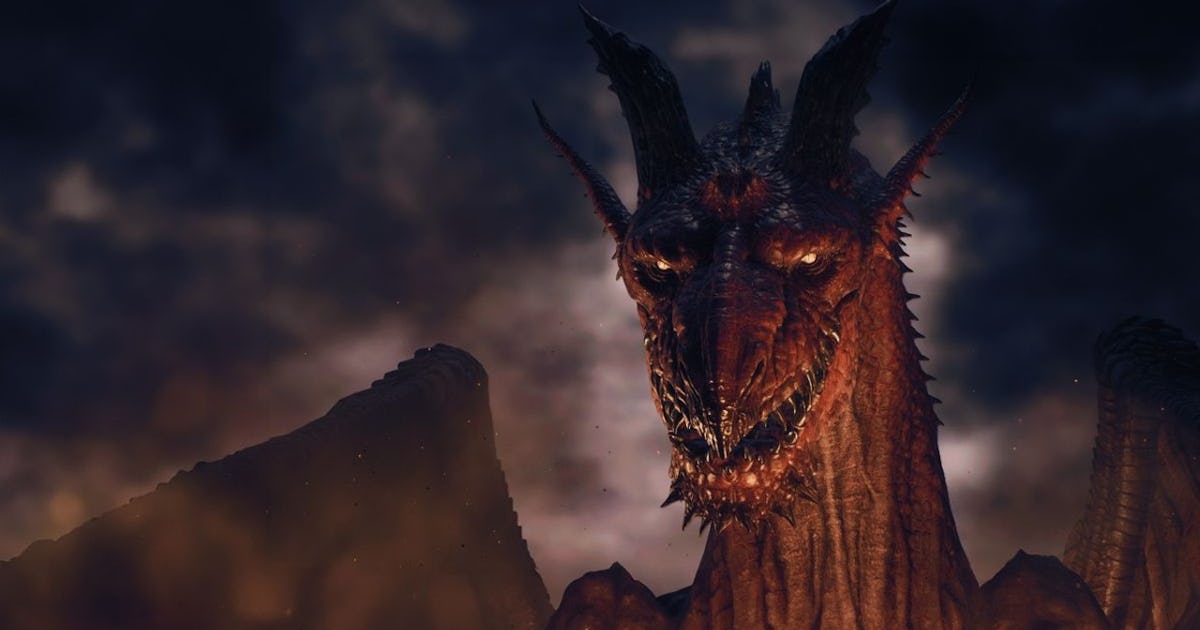 Dragon’s Dogma 2 is an often baffling experience that intentionally makes its systems and secrets difficult to uncover. One of the biggest offenders is the True Ending, which hides some of the game’s best, most challenging, content behind a key choice. If you’re looking to see and do everything the game has to offer, it’s definitely something you’ll want to pursue. With that, here’s how to unlock the True Ending path of Dragon’s Dogma 2. The Dragon is the final boss of Dragon’s Dogma 2, but the True Ending continues well after that.
Continued here
|
 |
TradeBriefs Publications are read by over 10,00,000 Industry Executives About Us | Advertise Privacy Policy Unsubscribe (one-click) You are receiving this mail because of your subscription with TradeBriefs.
Our mailing address is GF 25/39, West Patel Nagar, New Delhi 110008, India |


























































